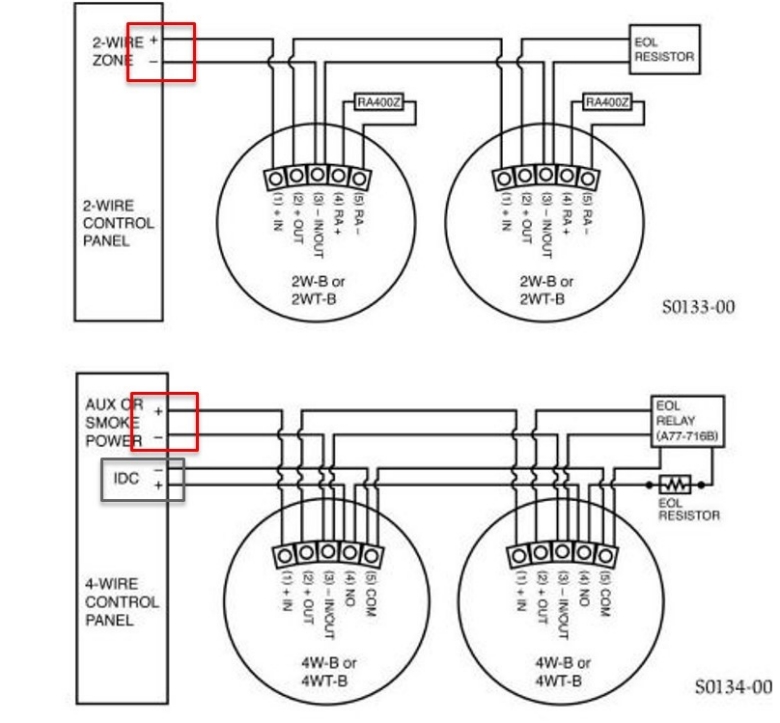
What is a Fire Alarm System?
Explanation of a Fire Alarm System and its importance
A fire alarm system is a crucial mechanism designed to alert individuals in case of emergencies, especially fires. It plays a vital role in protecting both staff and the general public by providing timely warnings and facilitating appropriate actions to minimize risks and damages.
Components of a Fire Alarm System
– Control panel- Smoke detectors- Heat detectors- Manual pull stations- Notification appliances
These components work together to detect and communicate potential fire hazards, enabling prompt responses to ensure the safety of occupants in a building.

Types of Fire Alarm Systems
Comparison of Conventional and Addressable Fire Alarm Systems
In a straightforward tone, conventional fire alarm systems have separate circuits for each device, while addressable systems can pinpoint specific device locations for quick identification. Conventional systems are cost-effective for small spaces, while addressable systems offer detailed information and easier maintenance.
Analog Addressable Fire Alarm Systems vs. Wireless Fire Alarm Systems
Analog addressable systems provide precise device information, ideal for large buildings, while wireless systems offer flexibility and quick installation without extensive wiring. Analog systems are reliable but costly, whereas wireless systems provide convenience and scalability in modern setups.

Wiring Diagrams for Fire Alarm Systems
Understanding Wiring Diagrams for Fire Alarm Systems
– Wiring diagrams for fire alarm systems illustrate the connections between different components such as control panels, detectors, and audible/visual alarms.- These diagrams show how the system is wired to ensure proper functioning and quick identification of issues during maintenance or troubleshooting.
Common Elements in Fire Alarm System Wiring Diagrams
– Power supply: Shows the power source for the system.- Control panel: Illustrates connections to detectors and communication devices.- Detectors: Display how detectors are wired to the control panel.- Alarms: Diagrams the wiring of audible and visual alarms for alerting occupants.- Communication devices: Illustrates connections to remote monitoring or reporting systems.

Types of Fire Alarm Detectors
Overview of Different Fire Alarm Detectors
Fire alarm systems employ various detectors like heat detectors, smoke detectors, and carbon monoxide detectors to warn individuals in case of a fire emergency. These detectors play a crucial role in ensuring the safety of people by promptly detecting potential fire hazards.
Comparison between Smoke Detectors, Heat Detectors, and Carbon Monoxide Detectors
– **Smoke Detectors**: These detectors sense the presence of smoke particles, indicating a potential fire.- **Heat Detectors**: They activate when a significant rise in temperature occurs, signaling a fire outbreak.- **Carbon Monoxide Detectors**: These detectors detect dangerous levels of carbon monoxide gas, which can be life-threatening.
Note: Each type of detector serves a specific purpose in fire detection and is essential for comprehensive fire alarm systems.

Basic Call Point (Manual Break Glass Unit)
Functionality and Placement of Basic Call Points
– Basic call points, also known as manual break glass units, are emergency devices that trigger the fire alarm system when activated.- These units are typically placed at a height of 1.4 meters above the floor level for easy access during emergencies.
Maintenance and Testing Procedures for Basic Call Points
– Regular maintenance of basic call points is crucial to ensure their proper functioning in case of a fire.- Testing procedures involve checking the glass for any damage, ensuring the frangible element is intact, and confirming the connection to the alarm circuit.